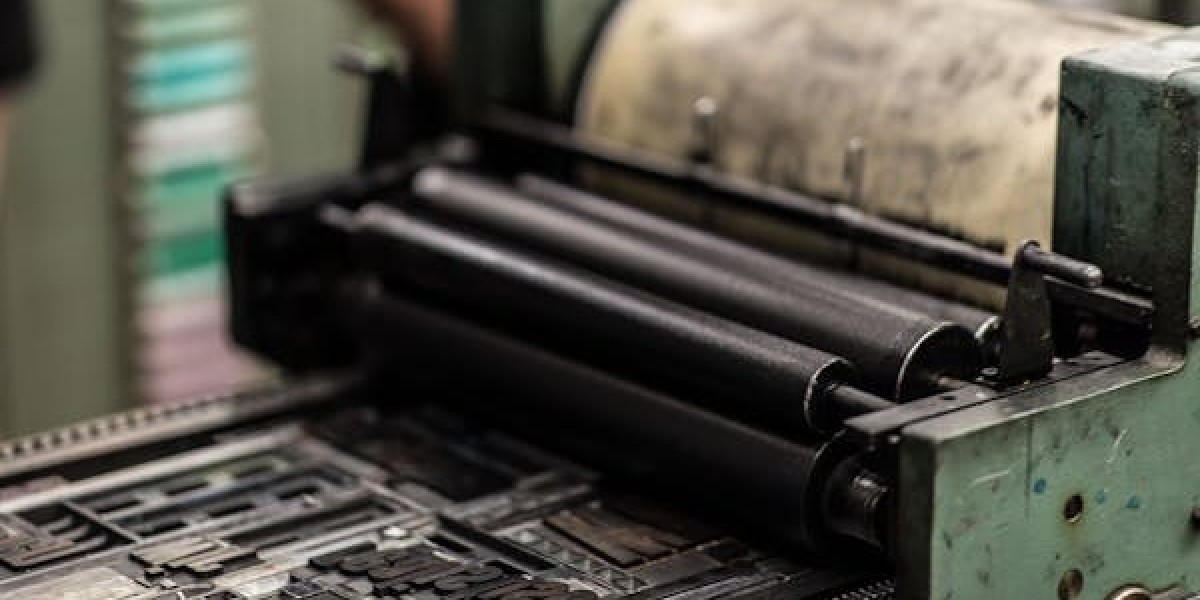As we step into 2024, the world of typography is buzzing with exciting trends that are set to influence both digital and print design. Fonts are more than just letters; they convey emotions, establish brand identities, and enhance the overall aesthetic of any project. Understanding the leading font trends of 2024 can help designers create compelling visuals that resonate with audiences. This article will explore the most significant font trends for the year, providing insights into how they can be effectively utilized in various design contexts.
The Shift Towards Elegance
One of the most noticeable trends in 2024 is a return to elegant and classic typefaces. Designers are increasingly gravitating towards fonts that exude sophistication and simplicity. This trend is characterized by:
- Delicate Elegance: Fonts that feature thin strokes and soft curves are becoming popular. These fonts are perfect for projects requiring a touch of grace, such as wedding invitations or luxury branding.
- New Baroque: Inspired by ornate designs from the Baroque period, these fonts combine elegance with a sense of historical richness. They work well in editorial design, particularly for magazines and upscale brands.
These elegant styles not only provide a timeless quality but also enhance readability, making them suitable for both digital and print applications.
The Rise of K-Fonts
Another emerging trend is the popularity of K-Fonts, which draw inspiration from Korean typography. These fonts often feature playful characteristics and unique forms that make them stand out. K-Fonts are ideal for:
- Social Media Graphics: Their quirky appearance can capture attention in crowded feeds.
- Branding Projects: Brands looking to convey a fun and youthful image can benefit from these expressive typefaces.
The playful nature of K-Fonts allows designers to inject personality into their work, making them a favorite for contemporary projects.
Friendly Experimental Typography
In 2024, we also see a surge in friendly experimental fonts. These typefaces often combine various styles and elements to create something entirely new. Key features include:
- Unique Shapes: Fonts that break traditional molds by incorporating unexpected curves or angles.
- Colorful Designs: Many experimental fonts use vibrant colors or gradients, making them visually striking.
These types of fonts are perfect for brands aiming to appear innovative and approachable, particularly in tech and creative industries.
The Impact of 3D Typography
With advancements in technology, 3D typography is set to make a significant impact in 2024. This trend includes:
- Interactive Fonts: As augmented reality (AR) becomes more prevalent, fonts that can change shape or color based on user interaction will gain popularity.
- Depth and Dimension: Designers are experimenting with shadows and layers to create a sense of depth in their text.
3D typography can elevate digital experiences, making them more engaging for users. This trend is especially useful in advertising and promotional materials where capturing attention is crucial.
Bold and Chunky Typefaces
As designers seek to make bold statements, chunky typefaces are gaining traction. These fonts are characterized by their thick strokes and substantial presence. Benefits include:
- High Visibility: Chunky fonts stand out on both digital screens and printed materials.
- Strong Branding: They convey confidence and assertiveness, making them ideal for logos and headlines.
This trend is particularly effective in advertising campaigns where grabbing attention quickly is essential.
Classic Sans Serif Revival
While many trends lean towards experimental designs, there’s also a strong revival of classic sans serif fonts. These typefaces are known for their clean lines and modern appeal. Key points include:
- Versatility: Classic sans serifs can be used across various mediums, from websites to business cards.
- Timelessness: They provide a sense of reliability and professionalism that appeals to many brands.
The resurgence of classic sans serifs reflects a desire for simplicity amidst an increasingly complex digital landscape.
The Popularity of Condensed Serifs
Another noteworthy trend is the rise of condensed serif fonts, which combine elegance with readability. These fonts are particularly effective in:
- Magazine Design: Their narrow structure allows for more text on a page without sacrificing legibility.
- Brand Identities: Many luxury brands are adopting condensed serifs to convey sophistication while maintaining modernity.
Condensed serifs offer a unique blend of classic charm and contemporary usability, making them a favorite among designers.
Embracing Multilingual Typography
As our world becomes more interconnected, there’s an increasing demand for multilingual typefaces that cater to diverse audiences. This trend encompasses:
- Cultural Sensitivity: Fonts designed to honor different languages and scripts help brands connect with global markets.
- Inclusivity: By using multilingual typefaces, designers can ensure that their messages reach wider audiences effectively.
This trend highlights the importance of representation in design, allowing brands to communicate inclusively across cultures.
The Custom Font Movement
In an effort to stand out in a crowded marketplace, many brands are investing in custom-designed typefaces. This movement offers several advantages:
- Unique Brand Identity: Custom fonts help establish a distinctive visual identity that sets brands apart.
- Tailored Aesthetics: Brands can create typefaces that align perfectly with their overall design vision.
The custom font movement reflects a broader shift towards personalization in branding strategies.
Conclusion
As we explore the leading font trends of 2024, it’s clear that typography will continue to play a crucial role in shaping design aesthetics across various mediums. From elegant serifs to playful K-Fonts and bold display types, these trends offer endless possibilities for creativity. Designers should consider how these trends align with their project goals while remaining mindful of audience preferences.By embracing these emerging styles, designers can create compelling visual narratives that resonate with viewers—whether through digital platforms or printed materials. As we move forward into this exciting year, staying informed about typography trends will empower designers to push boundaries and innovate within their craft.



